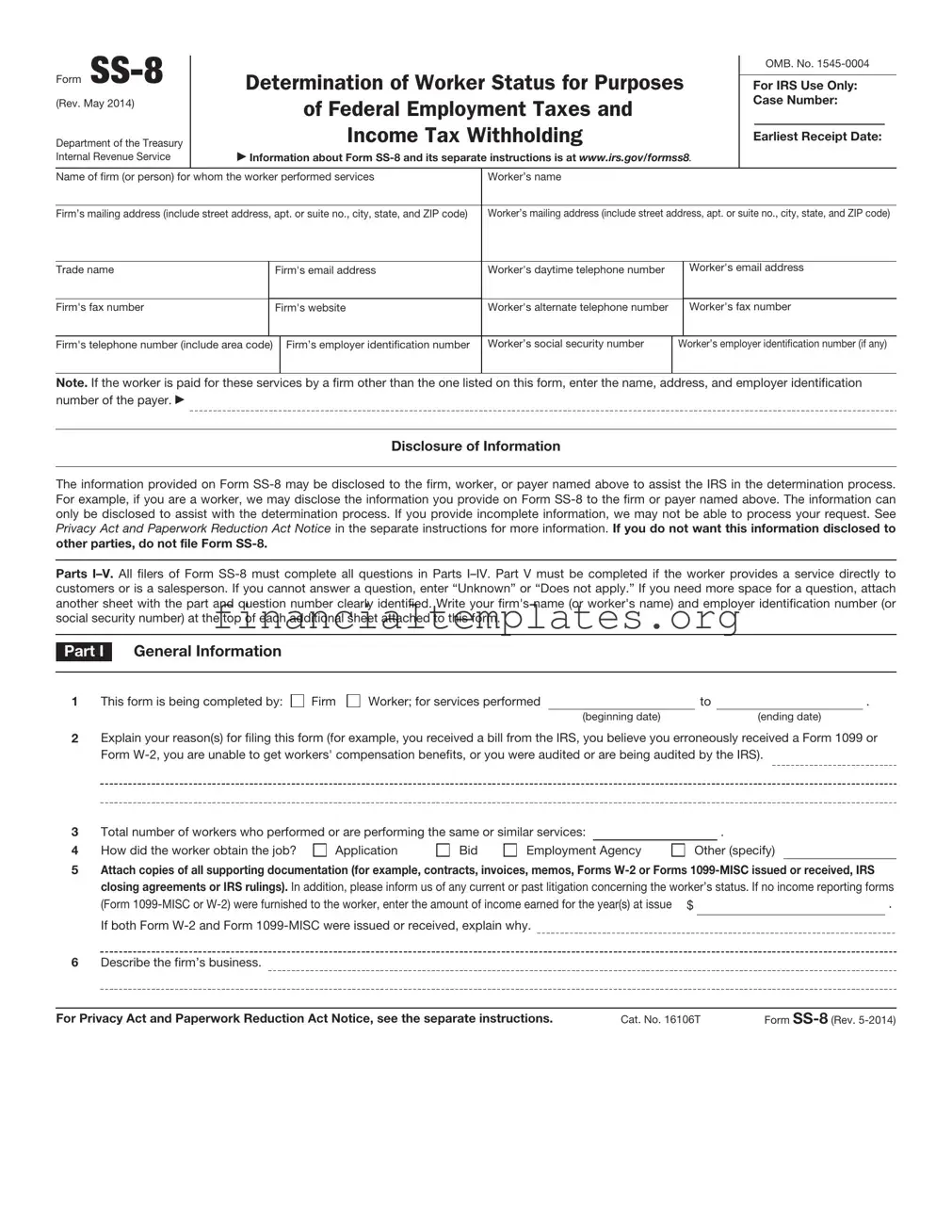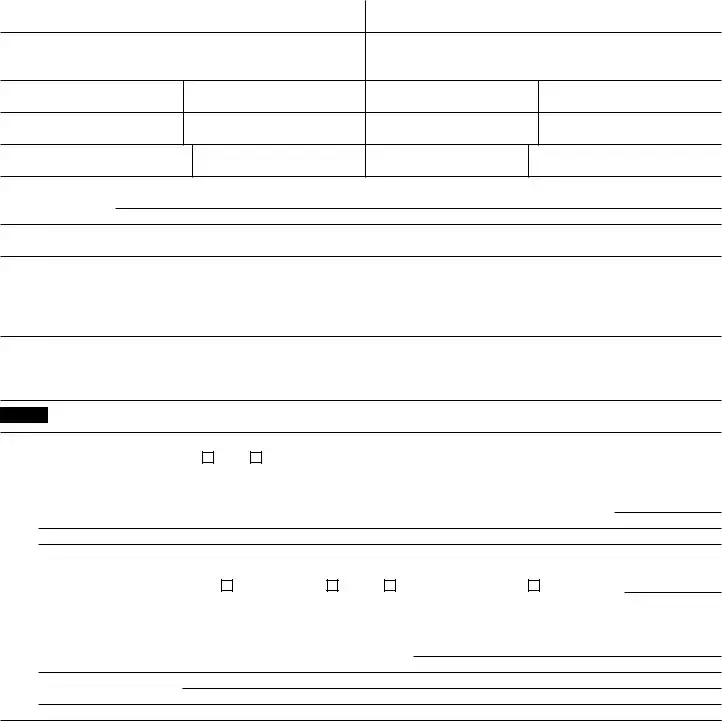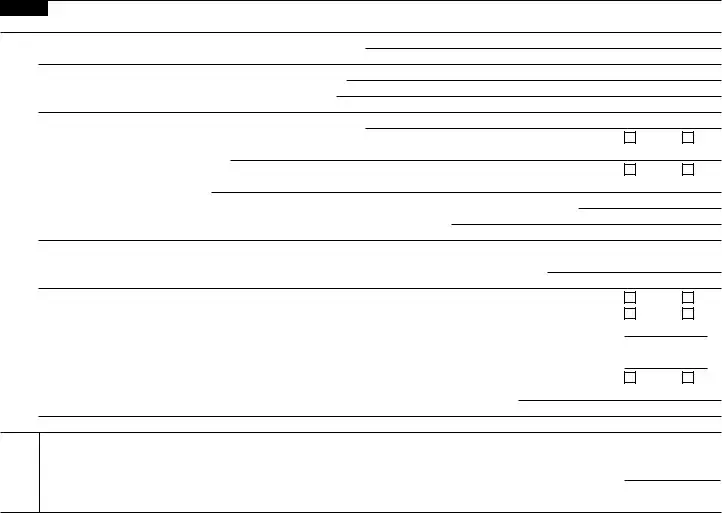The IRS Form W-9 requests taxpayer identification number and certification, sharing similarities with the IRS SS-8 form by collecting identification details from individuals for tax purposes. Both forms are integral to clarifying tax-related information, although the W-9 is primarily utilized by independent contractors and freelancers to provide their taxpayer identification number to entities paying them. This facilitates proper reporting of payments to the IRS, akin to how the SS-8 helps determine worker status for tax liability reasons.
Form W-4, Employee's Withholding Certificate, like the SS-8, interacts with tax status determination, though from a different approach. The W-4 allows employees to outline their tax withholding preferences to their employers, which contrasts with the SS-8's role in defining the worker's status as an employee or independent contractor. The core similarity lies in their contribution to accurate tax reporting and withholding, ensuring that individuals and employers comply with tax laws effectively.
The 1099-MISC form is used for reporting miscellaneous income, resembling the IRS SS-8 form in its function of facilitating correct tax reporting. Where the SS-8 determines if income should be subject to employment taxes, the 1099-MISC captures information about payments made to non-employees, including independent contractors. Both documents are pivotal in delineating the nature of payments or compensation for IRS scrutiny, helping clarify tax obligations.
The IRS Form I-9, Employment Eligibility Verification, shares its goal of worker classification with the SS-8 form, albeit focusing on verifying an employee's legal right to work in the United States. The SS-8 helps classify workers for tax purposes, while the I-9 assists employers in confirming their employees' work eligibility based on immigration status. Each form ensures compliance with federal regulations, be they tax or immigration laws, underscoring the importance of proper documentation in employment contexts.
The State Unemployment Tax Act (SUTA) forms, applicable within individual states, have a parallel with the IRS SS-8 form in the realm of employment tax obligations. SUTA forms determine businesses' unemployment insurance tax rates, a calculation contingent upon the number and status of employees. Similarly, the SS-8's role in classifying workers can influence a company's tax and financial responsibilities, highlighting their shared significance in the broader spectrum of employment taxation.
Form 940, the Employer's Annual Federal Unemployment (FUTA) Tax Return, aligns with the SS-8 form by both addressing aspects of employment taxes. The 940 form is specific to unemployment tax reporting on a federal level, requiring information on the workforce that impacts tax calculation. This connection emphasizes their mutual involvement in delineating employer tax duties based on accurate worker classification and employment status, reinforcing the theme of compliance and proper tax administration.
The Occupational Safety and Health Administration (OSHA) forms, which document workplace injuries and illnesses, indirectly relate to the IRS SS-8 by focusing on employment conditions. Although primarily concerned with safety rather than tax issues, these forms necessitate an understanding of who is considered an employee under the law, affecting their implementation. This echoes the SS-8’s objective of defining the worker-employer relationship, underpinning the importance of accurate classification in various regulatory frameworks.




